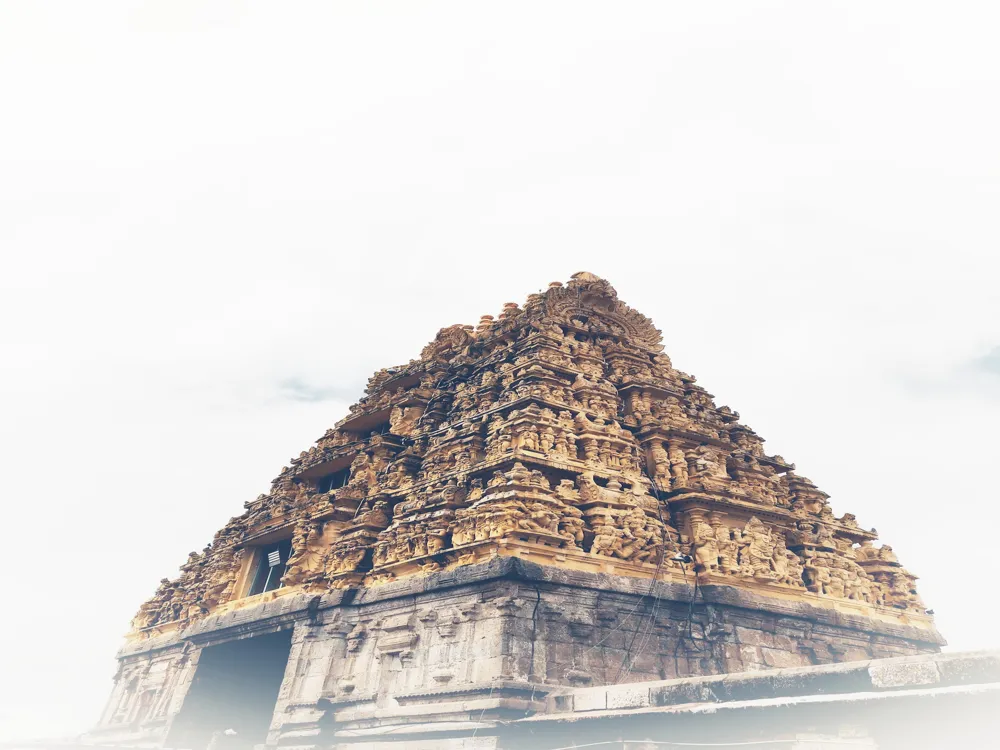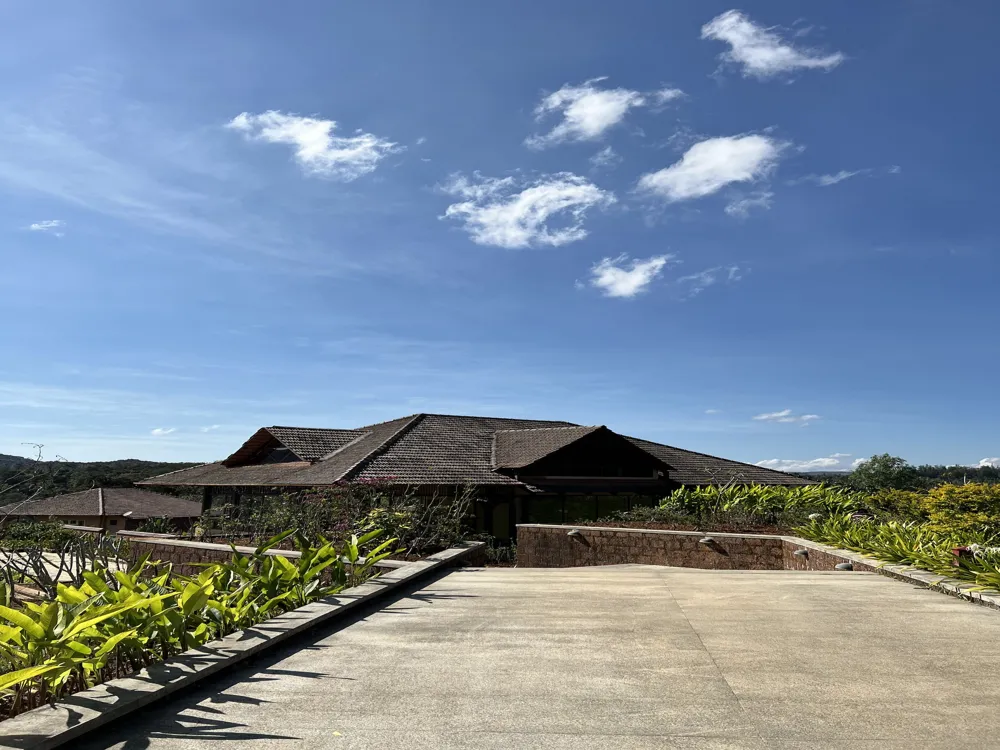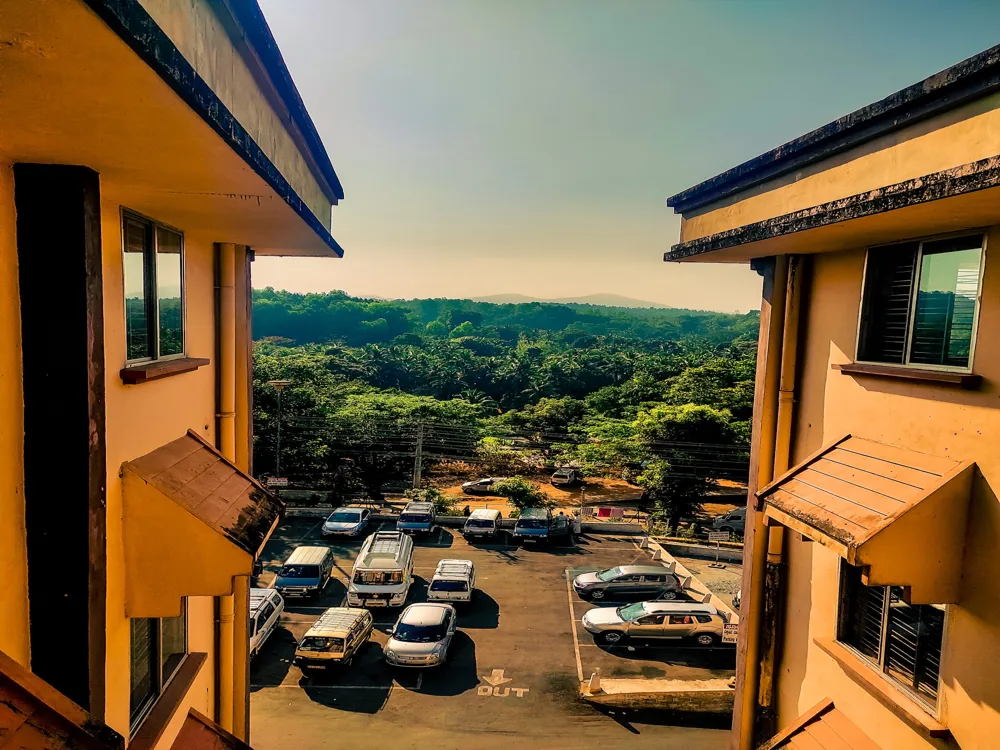Nestled in the heart of Karnataka, India, Halebid is a historical town renowned for its rich cultural heritage and architectural marvels. Once the regal capital of the Hoysala Empire in the 12th century, Halebid, also known as Halebidu, is home to some of the most intricate and artistically significant temples in South India. This former flourishing city, though ravaged twice by invading forces, stands today as a testament to the resilience and artistic prowess of its past inhabitants.
The name 'Halebid' literally translates to 'old city' or 'ruined city', a poignant reminder of its turbulent past. Despite its historical trials, Halebid has managed to preserve its grandeur, primarily evidenced by the remains of the Hoysala architecture. This town is not just a destination; it's a journey back in time, offering a glimpse into the life, culture, and religious practices of an ancient civilization.
Visitors to Halebid are greeted by serene landscapes and a tranquil atmosphere, contrasting with the grandiose and intricate artistry of its temple complexes. The town is predominantly known for the Hoysaleswara Temple, dedicated to Lord Shiva. This temple stands as a crowning achievement of Hoysala architecture with its detailed carvings, ornate pillars, and the overall symmetry and balance that define its structure.
The charm of Halebid lies not just in its historic temples but also in the stories etched into every stone and carving. These narratives depict scenes from Hindu epics, mythology, and the daily life of the Hoysala period, offering a tangible connection to the bygone era. The town, though small, plays a significant role in India's cultural and historical landscape, attracting historians, archaeologists, and tourists from around the world.
The architecture of Halebid is a spectacle of art, history, and devotion, capturing the essence of Hoysala craftsmanship. The Hoysala architectural style is unique, characterized by its attention to detail, intricate carvings, and an innovative approach to temple design. Unlike the linear and towering structures typical of North Indian temples, Hoysala temples in Halebid showcase a star-shaped platform, providing more surface area for their elaborate sculptures and friezes.
The centerpiece of Halebid's architectural legacy is the Hoysaleswara Temple. This temple, dedicated to Lord Shiva, is an outstanding example of Hoysala architecture. Its walls are adorned with an endless array of sculptures, each telling a different story. The carvings depict scenes from Hindu epics like the Ramayana and Mahabharata, alongside sculptures of gods, goddesses, animals, and mythical creatures, reflecting the rich tapestry of Hindu mythology and beliefs.
Notable in Hoysala architecture is the use of soapstone, a material that allowed for intricate detailing. Artisans of Halebid took advantage of this medium to create sculptures of astonishing complexity and beauty. The level of detail in each piece of work is such that one can spend hours admiring a single panel or sculpture, discovering new details with each viewing.
Another architectural marvel in Halebid is the Jain Basadi complex, which includes several Jain temples. These temples, though smaller than the Hoysaleswara Temple, are no less significant, featuring detailed carvings and ornate pillars. The interplay of light and shadow within these temples creates an ethereal atmosphere, further enhancing the spiritual experience of visitors.
The ideal time to visit Halebid is between October and March, when the weather is pleasant, making it conducive for exploration and sightseeing.
Visitors are advised to dress modestly and maintain decorum within the temple premises, as these are places of worship and cultural significance.
Opting for a guided tour can enhance your experience, providing insights into the history, architecture, and mythology associated with the temples.
Photography is usually allowed, but it's advisable to check for any restrictions, especially inside the temples. Respect the sanctity of the place while capturing its beauty.
Explore the local cuisine and consider staying in the town to experience the local culture and hospitality.
Halebid is well-connected and can be reached by various modes of transportation. The nearest airport is in Mangalore, about 168 kilometers away. From there, one can hire a taxi or take a bus to Halebid. The nearest railway station is in Hassan, around 31 kilometers from Halebid. Regular bus services and taxis are available from Hassan to Halebid. For those driving, Halebid is well-connected by road to major cities like Bangalore, Mysore, and Mangalore.
Overview of Halebid, Karnataka
Architecture of Halebid
Tips When Visiting Halebid
Best Time to Visit
Respecting the Cultural Sites
Guided Tours
Photography
Local Cuisine and Accommodation
How To Reach Halebid
Yagachi Dam
Halebid
Karnataka
NaN onwards
View halebid Packages
Weather :
Tags : Dam
Timings : 7:00 AM - 6.30 PM
Boating Charges : Speed Boat (Max 4): Rs. 600
Banana Ride (Max 6): Rs. 500
Jet ski: Rs. 300 per Person
Kayaking (Max 2): Rs. 200 for
Planning a Trip? Ask Your Question
Halebid Travel Packages
View All Packages For Halebid
Top Hotel Collections for Halebid

Private Pool

Luxury Hotels

5-Star Hotels

Pet Friendly
Top Hotels Near Halebid
Other Top Ranking Places In Halebid
View All Places To Visit In halebid
View halebid Packages
Weather :
Tags : Dam
Timings : 7:00 AM - 6.30 PM
Boating Charges : Speed Boat (Max 4): Rs. 600
Banana Ride (Max 6): Rs. 500
Jet ski: Rs. 300 per Person
Kayaking (Max 2): Rs. 200 for
Planning a Trip? Ask Your Question
Halebid Travel Packages
View All Packages For Halebid
Top Hotel Collections for Halebid

Private Pool

Luxury Hotels

5-Star Hotels

Pet Friendly




















